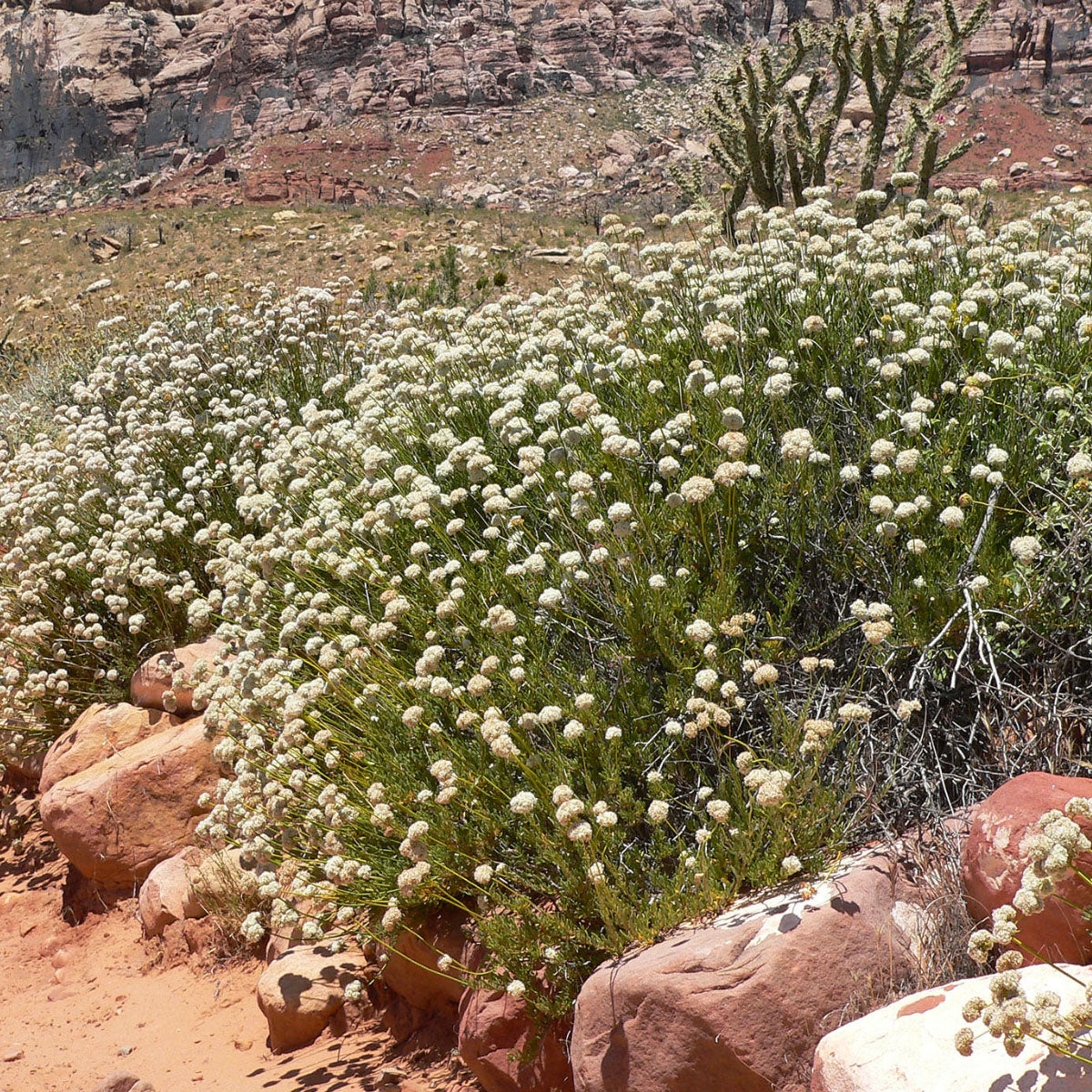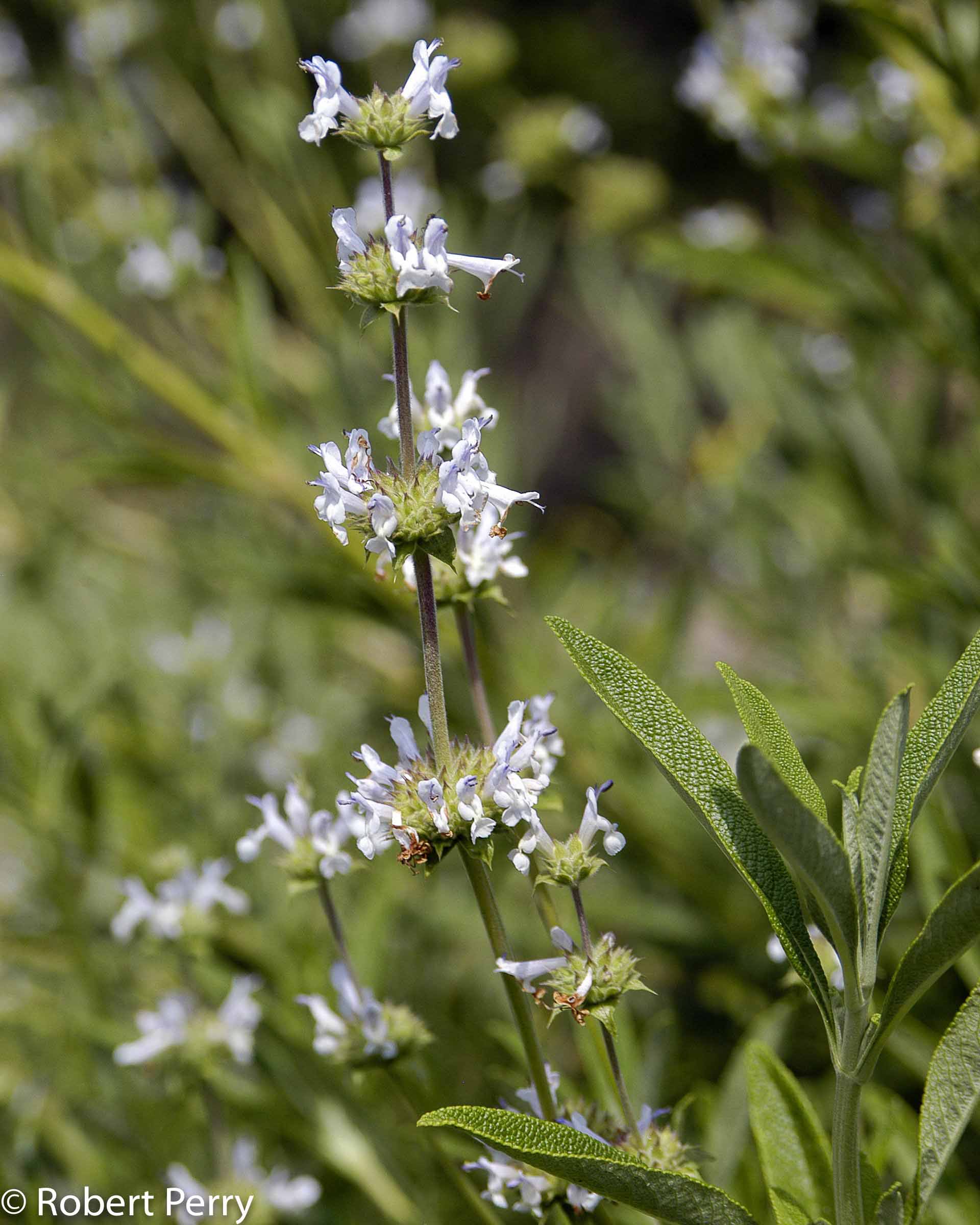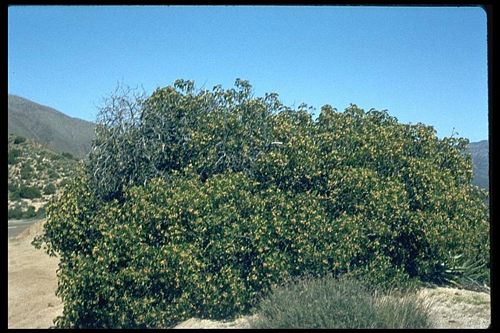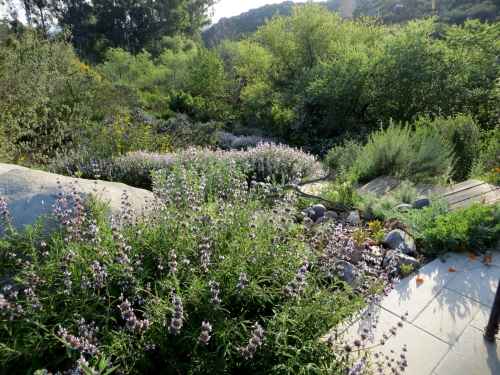Amazing Plants To Grow With White Sage
Amazing Plants to Grow With White Sage
White sage (Salvia apiana) is a sacred plant used by many Native American cultures for cleansing and purification. It has a strong, camphorous scent that is said to remove negative energy and promote feelings of peace and tranquility.
White sage is native to the southwestern United States and Mexico. It grows in dry, rocky soil and full sun. Plants can reach heights of 3 to 5 feet and have gray-green leaves and white flowers.
White sage is a relatively easy plant to grow. It is drought-tolerant and does not require a lot of fertilizer. However, it is important to plant white sage in well-draining soil. If the soil is too wet, the roots can rot.
White sage can be propagated from seed or cuttings. Seeds should be sown in the spring in a well-draining potting mix. Cuttings can be taken in the summer from healthy, mature plants.
Once white sage is established, it can be divided every few years to promote new growth. Plants can also be trimmed to maintain their shape.
White sage is a beautiful and fragrant plant that can add a touch of the Southwest to any garden. It is also a valuable tool for cleansing and purifying the air.
Here are some other amazing plants that you can grow with white sage:
- California buckwheat: This drought-tolerant plant is native to California and has delicate, pink flowers. It is a good companion plant for white sage because it helps to improve the soil quality.

- Black sage: This aromatic plant is also native to California and has dark green leaves and purple flowers. It is a good companion plant for white sage because it helps to repel pests.

- Hollyleaf cherry: This small tree is native to California and has fragrant, white flowers. It is a good companion plant for white sage because it helps to attract beneficial insects.

- Sugar bush: This shrub is native to California and has white flowers that bloom in the spring. It is a good companion plant for white sage because it helps to attract hummingbirds.

- Lemonade berry: This shrub is native to California and has yellow flowers that bloom in the spring. It is a good companion plant for white sage because it helps to attract butterflies.

These are just a few of the many amazing plants that you can grow with white sage. When choosing companion plants, it is important to consider the plants' needs in terms of sunlight, water, and soil conditions. You should also choose plants that have similar growth habits.
Growing white sage and other companion plants can be a rewarding experience. Not only will you enjoy the beauty of these plants, but you will also reap the benefits of their many uses.
White sage (Salvia apiana) is a native California plant that has been used for centuries by Native Americans for its medicinal and spiritual properties. It is also a popular herb in modern gardens, and can be grown as a standalone plant or as part of a companion planting scheme.
When choosing companion plants for white sage, it is important to consider the plant's needs in terms of sunlight, water, and soil type. White sage prefers full sun and well-drained soil. It is also drought-tolerant once established.
Some good companion plants for white sage include:
- California buckwheat: This plant is also native to California and shares similar growing conditions to white sage. It helps to improve soil fertility and can help to deter pests.
- Black sage: This is another type of sage that is native to California. It has a strong aroma that can help to repel pests.
- Hollyleaf cherry: This plant is a member of the rose family and adds a touch of beauty to any garden. It is also deer-resistant.
- Sugar bush: This plant is a member of the pea family and helps to improve soil nitrogen levels. It is also a good source of nectar for pollinators.
- Lemonade berry: This plant is native to California and has edible berries. It is also drought-tolerant and deer-resistant.
For more information about white sage companion plants, please visit Gardenia Inspiration. This website provides a comprehensive list of plants that can be grown alongside white sage, as well as tips on how to create a successful companion planting scheme.
FAQ of white sage companion plants
Question 1: What are some good companion plants for white sage?
Answer: White sage is a drought-tolerant plant that prefers full sun and well-drained soil. It can be grown as a standalone plant, but it also does well when planted with other drought-tolerant plants, such as California buckwheat, black sage, and hollyleaf cherry. These plants can help to attract beneficial insects and pollinators, and they can also help to suppress weeds.
Question 2: What are some plants that should not be planted near white sage?
Answer: White sage is a member of the mint family, and it can be susceptible to pests and diseases that also affect other mint plants. Some plants that should not be planted near white sage include spearmint, peppermint, and catmint. These plants can compete with white sage for water and nutrients, and they can also increase the risk of pests and diseases.
Question 3: How far apart should white sage plants be planted?
Answer: The spacing between white sage plants will depend on the variety of white sage and the climate in which it is being grown. In general, white sage plants should be spaced 2-3 feet apart. If you are planting white sage in a windy area, you may need to space the plants closer together to provide more support.
Question 4: How do I care for white sage companion plants?
Answer: White sage companion plants are relatively low-maintenance. They need to be watered regularly, especially during the first year of growth. They should also be fertilized once a year in the spring with a balanced fertilizer. In addition, it is important to deadhead white sage companion plants regularly to encourage new growth.
Question 5: Where does white sage grow best?
Answer: White sage is native to California and Baja California. It grows best in full sun and well-drained soil. It is a drought-tolerant plant, but it will benefit from regular watering during the first year of growth. White sage is not cold-hardy, so it should be grown in USDA zones 8-10.
Image of white sage companion plants
Here are 5 images of white sage companion plants from Pinterest:
- California Buckwheat is a drought-tolerant plant that can help to improve the soil quality around white sage. It also attracts beneficial insects, such as bees and butterflies.

- Black Sage is another type of sage that can be planted near white sage. It has a similar growth habit and can help to deter pests.

- Hollyleaf Cherry is a shrub that can provide shade for white sage. It also attracts birds and other wildlife.

- Sugar Bush is a small tree that can help to attract pollinators to white sage. It also provides a source of food for birds and other wildlife.

- Lemonade Berry is a shrub that can provide a splash of color to your garden. It also attracts pollinators and birds.

Post a Comment for " Amazing Plants To Grow With White Sage"